Words by Like the Wind – Photography supplied by ASICS
In 1949, after the Second World War, a man living in a country shattered by conflict carried with him a vision of the good that sport could do for his nation. The man’s name was Kihachiro Onitsuka. As he set about climbing a metaphorical mountain towards his goal, he could not have known that the sports business he was launching would one day become a globally renowned brand that creates world-class products for dozens of sports – and supports athletes among the pantheon of sporting superstars. This is the story of ASICS: a story of continuous innovation and relentless pursuit of improvement.
At the end of the Second World War, in 1945, Japan was in need of rebuilding. Returning from military service, Kihachiro Onitsuka was convinced that part of the solution to Japan’s woes was improving the physical and mental wellness of young people. It took a few years, but in 1949 Mr Onitsuka established a business called ONITSUKA Shokai, based in the central Japanese city of Kobe, on the edge of Osaka Bay and surrounded by a backdrop of mountains. Later that same year, with just two employees, the company was renamed ONITSUKA Co Ltd before finally being renamed ASICS in 1977. It’s an acronym of the Latin phrase “Anima Sana In Corpore Sano”, which translates to “A Sound Mind In A Sound Body”. This quote, from the Roman satirist Juvenal, was suggested to Mr Onitsuka by Kohei Hori, a wartime friend who offered Mr Onitsuka advice.
Mr Onitsuka decided that to launch his business, he would take on what was considered one of the most difficult sports shoes to get right: a basketball sneaker. Mr Onitsuka’s thinking was that if he could “overcome a high hurdle at the start, he would be able to continue overcoming other hurdles, as well.” And so in the spring of 1950, after a long process of prototyping and athlete testing, ONITSUKA Co’s first product took to the basketball court.
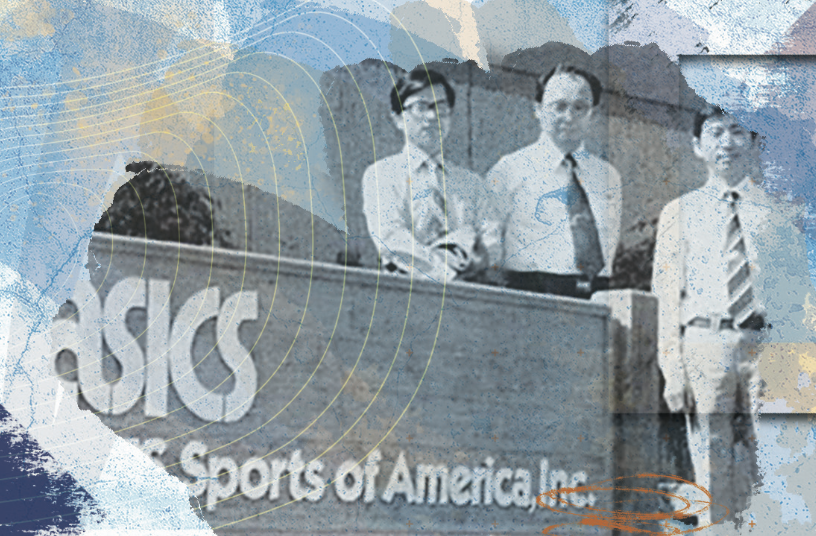
This first shoe was important in many respects, not least the way it was a product of Mr Onitsuka’s creative thinking and Japan’s unique approach to building a business. The shoe’s outsole used a suction cup design that allowed the wearer to pivot and turn. The concept came to Mr Onitsuka when he was having dinner and was inspired by a piece of pickled octopus in his bowl. Of course, the progress from idea to finished product was not a direct line. The first iterations of the shoe proved to have too much suction and, therefore, too much stopping power. However, undeterred, Mr Onitsuka kept refining and improving his design, thanks in part to athlete feedback. And that first shoe created a way of thinking – continuing to iterate and innovate on the way to the summit that the business has set itself – that persists today.
ASICS’ process of iteration and improvement has continued right up to date – and has been taken to the next level in part by ASICS teams around the world, who are working on what comes next in the ASICS story. These teams look towards the future while keeping an eye on the legacy of the brand.
In the last decade, innovation in ASICS saw a shift in focus away from running and towards other sports, as well as the athleisure trend that kicked off around 2016. This shift meant that ASICS lost its position among the very top running brands in the US as well as in Europe. Quickly, the leadership of ASICS recognised that this loss of focus on running was not the right direction for the brand. This led to the creation of a performance running department to oversee all parts of the organisation linked to running.
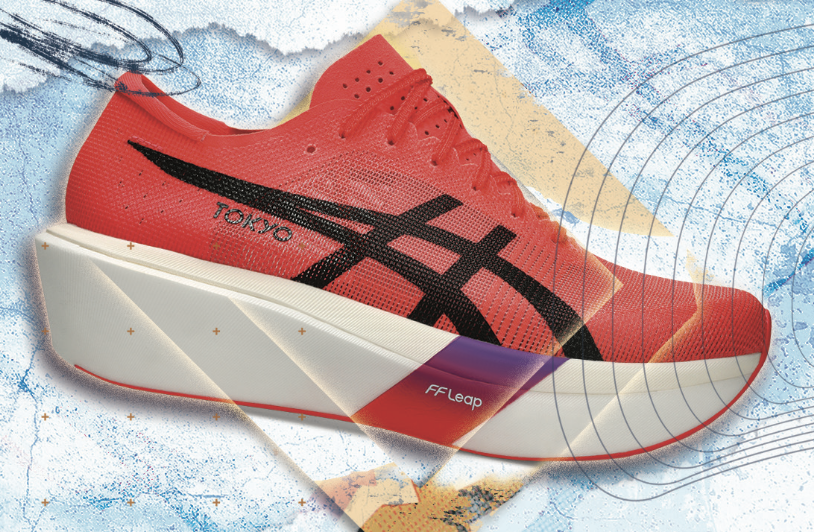
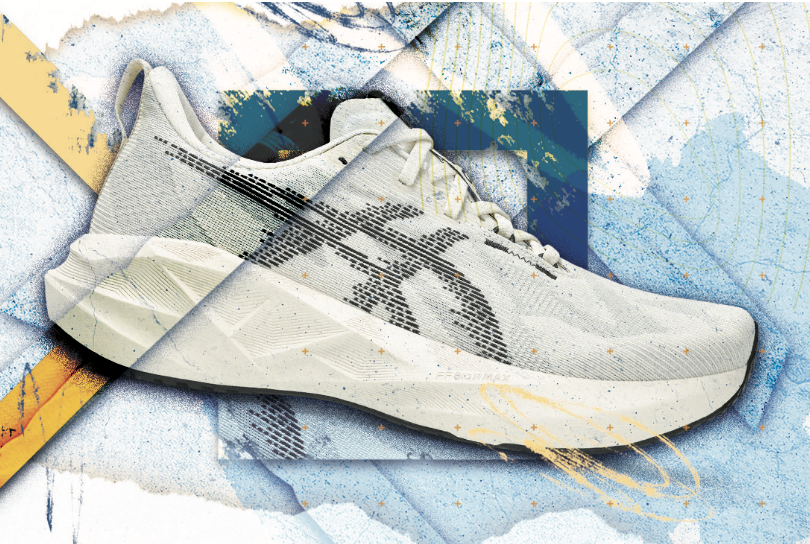
The ASICS team understood that in order to unlock a return to the top of the running space, they had to focus on both the historical successes at ASICS and the future. “We were building shoes based on our technology, heritage and history,” explains ASICS Creation Center CEO AJ Andrassy. For example, in 1953, the Onitsuka Marathon Tabi debuted with rubber soles and durable uppers: cutting-edge at the time, yet still honouring Japan’s tradition of tabi shoes for sport.
In 1960, Mr Onitsuka tackled a major marathoner issue: blisters. His Magic Runner introduced an air vent system to combat moisture buildup. Then in 1986, aGEL (Alpha Gel) revolutionised cushioning. The silicone-based midsoles offered superior protection in a lightweight form, quickly becoming a signature of ASICS footwear.
As AJ notes, GEL technology has remained a staple in the ASICS range since the mid-1980s. “And so the [performance running] team said, ‘All right, we need to reinvest in getting the GEL technology innovation going again.’” GEL technology launched in 1986 and provides cushioning in shoes that, internally, ASICS refers to as ‘the legends’: the Nimbus, the Cumulus, the Kayano and the GT-2000. The GEL legends remain some of ASICS’ bestselling running shoes. But AJ and his colleagues knew that to attract runners who were not already big fans of ASICS’ shoes, they would need something else: to “bring some new experiences to the [running footwear] line.”
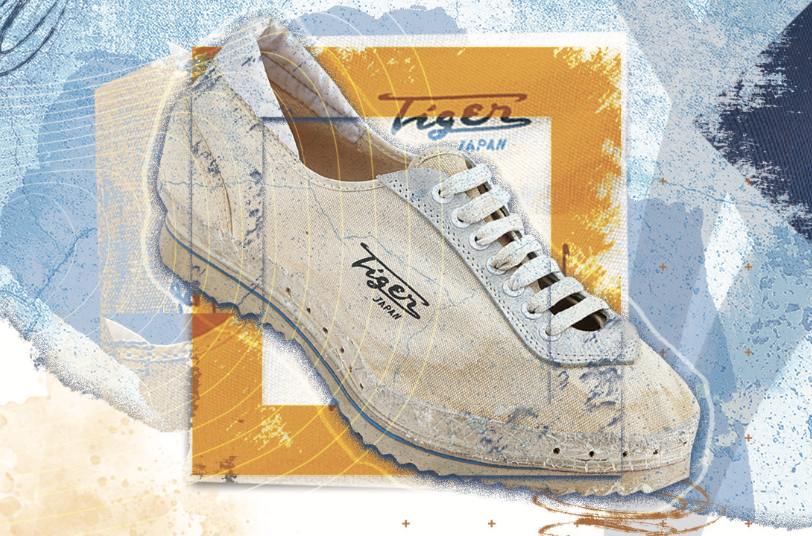
That is where FLYTEFOAM or FF technology came into the shoe line-up. This appeared in the NOVABLAST shoe in 2020 – which was unlike anything anyone had seen from ASICS, and so radical a departure from what had come before that it created new interest in the brand. This new interest helped to reignite energy in the GEL line, as well as build a whole new category.
“The first NOVABLAST was a really fun experience, but a somewhat unstable ride,” AJ says. “Nevertheless, people really were drawn to it because it was a unique experience at the time. So we knew we had something. And that allowed us to continue to focus on NOVABLAST. It also got us enough energy to allow us to then focus on the ‘legends’.”
With the development of FF technology in the BLAST franchise of shoes – which included the NOVABLAST, the SUPERBLAST and the MEGABLAST models – ASICS had a two-pronged approach to engage runners. But there was one thing still to add: winning races.
To build the third element of the strategy, ASICS created an elite running team which they called chojo, which roughly translates to “a peak” or “summit”. That name harks back to the task Mr Onitsuka set for himself: to climb the mountain towards a nation where health and fitness would contribute to its rebuilding.
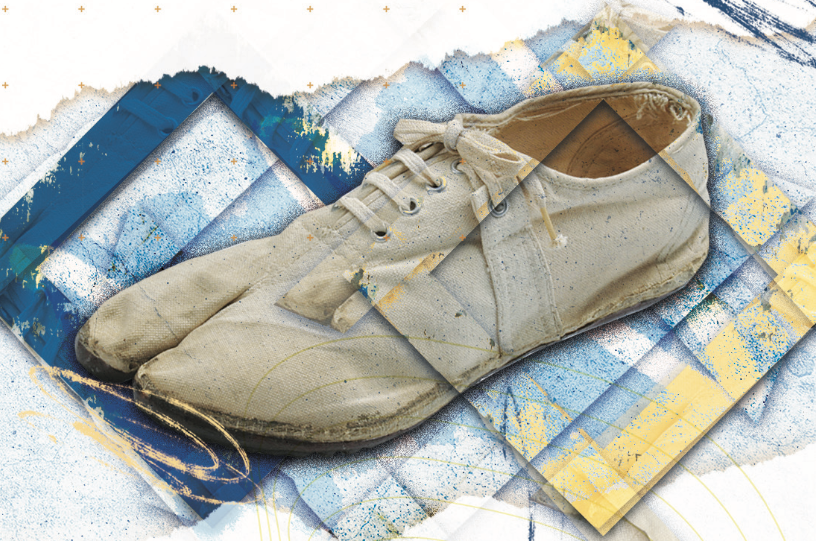
In 2025, one of ASICS’ elite athletes, Kenya-based John Korir, won the Boston Marathon wearing the brand’s pinnacle race product – the METASPEED Tokyo. The METASPEED racing shoe series, which includes the METASPEED SKY and METASPEED EDGE, first launched in 2021, and since then has evolved in design, fit and technology based on feedback from elite athletes. The racing shoes feature FF LEAP cushioning – ASICS’ lightest, softest and bounciest foam yet – and pairs with FF TURBO PLUS cushioning in the midsole, which makes for lightweight comfort and peak energy return. Wearing these shoes, John Korir ran 2h04m45s, the second-fastest time in Boston Marathon history.
Looking back at the past few years, ASICS teams have made huge strides up the mountain towards the goal of restoring ASICS to its position at the pinnacle of the running world. They’ve created a three-pronged strategy of elevating the ‘legends’ in their range, created an entirely new category with the BLAST franchise and returned to ASICS’ winning ways with the athletes the brand supports. But the business also understands there is a long way to go. “We’re not there yet, but we’re coming along,” AJ says. “We’re getting closer.”
Back in 1949, Mr Onitsuka understood that it would take time, creativity and resilience to build his business. In 2025, ASICS is still climbing towards its goals. This is the ultimate expression of the chojo – the peak – that the brand is aiming for.

www.asics.com

